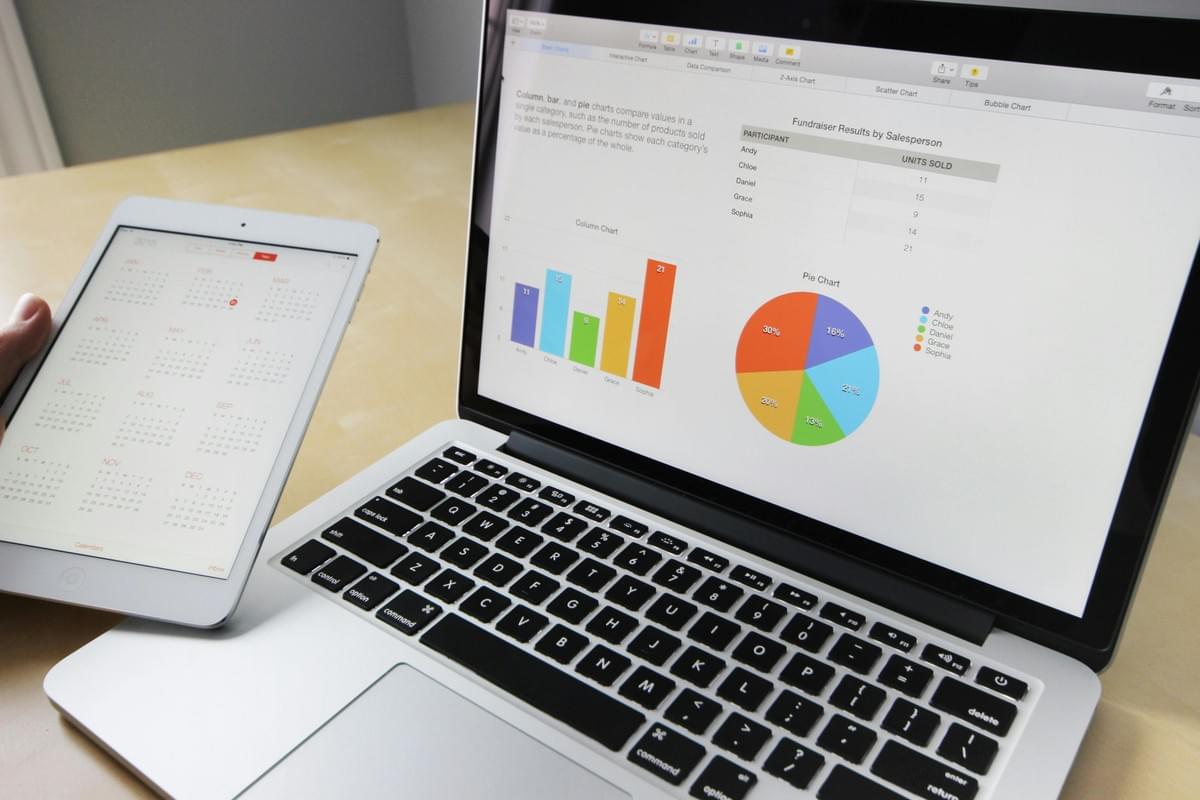
- THE COMPANY
- About Us
- Google Reviews
- Scholarships
- Watch Testimonials
- …
- THE COMPANY
- About Us
- Google Reviews
- Scholarships
- Watch Testimonials
- THE COMPANY
- About Us
- Google Reviews
- Scholarships
- Watch Testimonials
- …
- THE COMPANY
- About Us
- Google Reviews
- Scholarships
- Watch Testimonials

Learn. Build.
Lead Africa’s Tech Future.
Africa’s next generation of innovators start here. In-demand courses, real-world mentorship, and job-ready skills.
Explore our School
Tech isn’t just for coders — and we’ve got something for everyone.
Whether you're designing beautiful user experiences, managing products, marketing tech solutions, or diving into code, there’s a spot for you here.

Product School
Learn how to take an idea from a sketch to a real product in the hands of users.

Marketing School
Learn how to launch, and grow tech products in competitive markets.

Design School
You’ll learn design thinking, wireframing, user flows, prototyping, among others.
Enginneering School
Learn to build the tech products, from basic websites to full web applications.
Why Choose Hackademia
1Practical Class
Our classes are conducted in a practical way to ensure you gain hands-on experience
2Robust Curriculum
Our curriculum is comprehensive and offers you premium learning experience.
3Flexibility
Classes are conducted after work hours to ensure you can learn while keeping your job.
4Experienced Mentors
Our mentors have worked with top companies across the world (US, UK, NG).
Where our Mentors and Alumni Work
You'll find our mentors and alumni working and doing excellent work in these companies






...and more.
Having Difficulty Picking a Course?
Fill out the form below to schedule a call with a career advisor — our team will reach out within 24–48 hours.
Check Out Our Latest Blog Posts
2025年7月22日 · Product,Tech InsightsIf you’ve ever wondered, “What exactly does a product manager do?” you’re not alone. A lot of...2025年7月14日 · Career,Tech InsightsAt 30, you’re not old. You’re just aware — that your current career may no longer align with...Do you catch yourself daydreaming at your desk about switching to a tech career, but feel stuck...



























